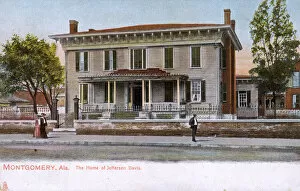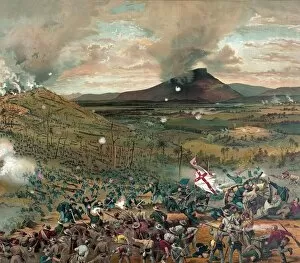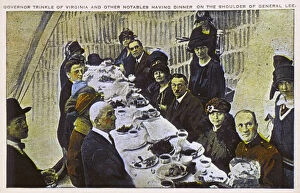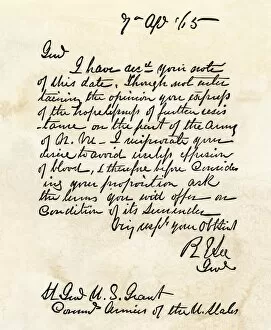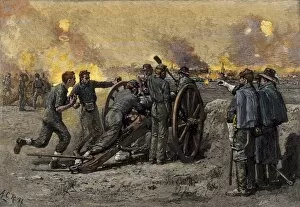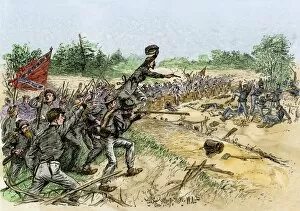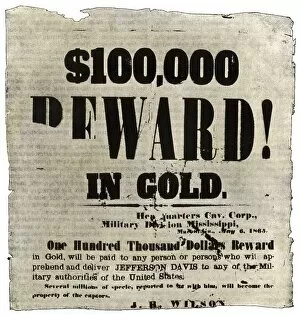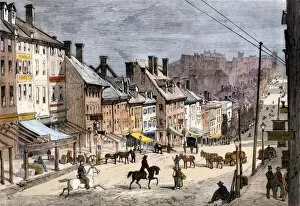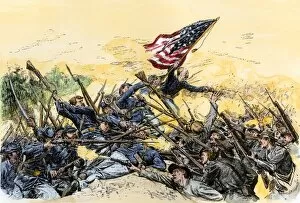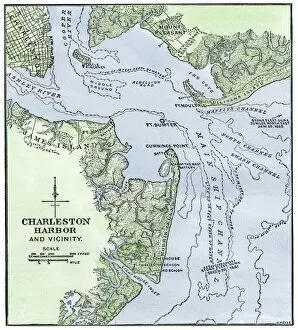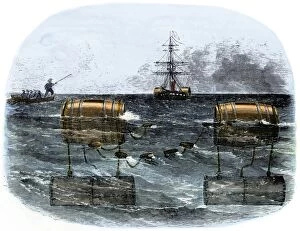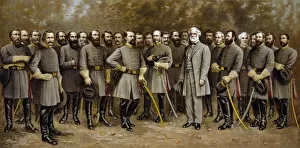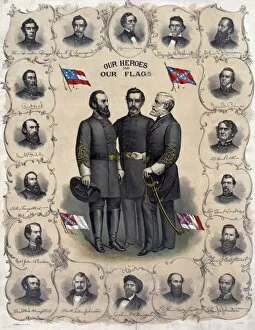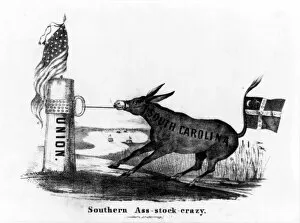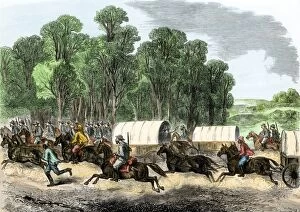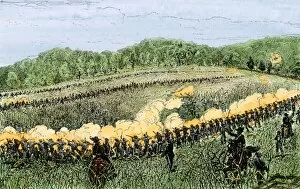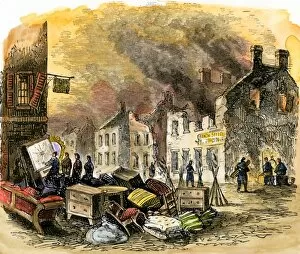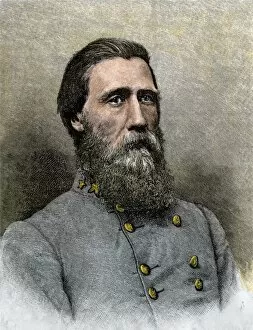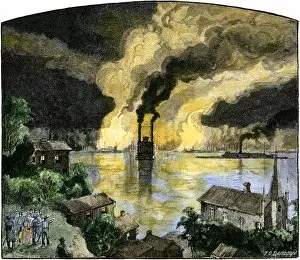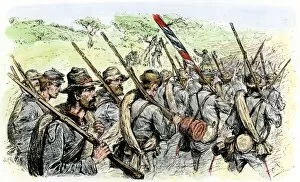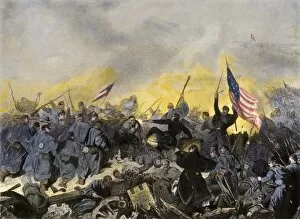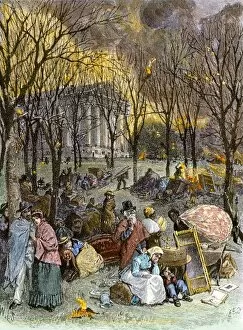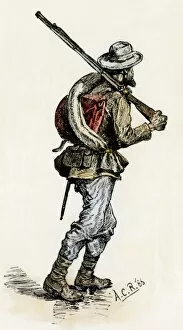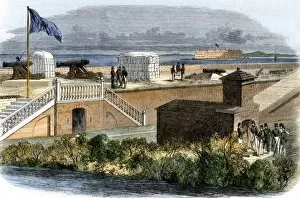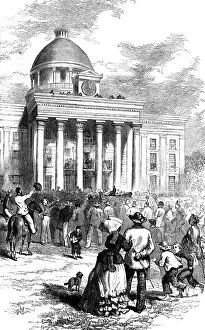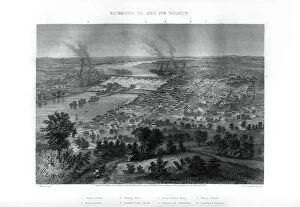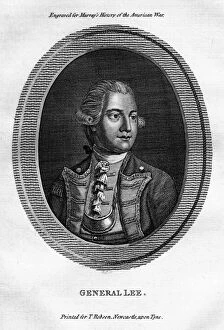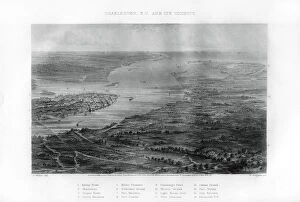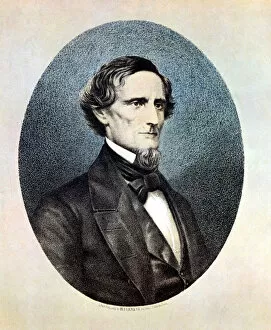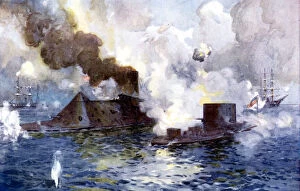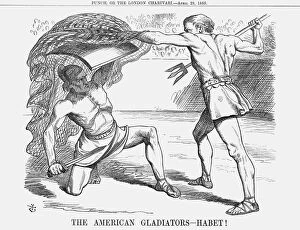Confederacy Collection (#7)
"Remembering the Confederacy: A Glimpse into America's Turbulent Past" In this captivating image, we witness two iconic figures of the Confederate Army, General Robert E
For sale as Licensed Images
Choose your image, Select your licence and Download the media
"Remembering the Confederacy: A Glimpse into America's Turbulent Past" In this captivating image, we witness two iconic figures of the Confederate Army, General Robert E. Lee and General Thomas "Stonewall" Jackson, deep in conversation before the Battle of Chancellorsville during the US Civil War. Their strategic minds and unwavering determination would soon shape history. The photograph transports us back to a time when Nathan Bedford Forrest commanded attention as one of the most brilliant cavalry leaders in American military history. His daring tactics and fearless leadership earned him legendary status among his troops. As we delve further into our historical journey, another snapshot reveals soldiers engaged in fierce combat at Bull Run – a pivotal battle that marked both Union and Confederate forces with an indelible sense of reality about the horrors they were about to face. Moving forward, we encounter scenes from lesser-known battles like Munfordville, Kentucky – where brave soldiers fought valiantly for their cause amidst intense gunfire and chaos. These often overlooked clashes remind us that every corner of our nation was touched by the ravages of war. The haunting image shifts once again to capture the brutality endured during the Battle of Wilderness in 1864. The dense forest becomes a battleground soaked with blood as soldiers grapple with each other amidst unforgiving terrain. It serves as a stark reminder that war knows no mercy or boundaries. Amidst these snapshots lies a broader narrative – one that encompasses an entire nation torn apart by conflicting ideologies during one of its darkest periods. The United States found itself divided along lines drawn by loyalty to either Union or Confederacy; brother against brother, neighbor against neighbor. Finally, we glimpse Fort Sumter's layout at the outset of hostilities - an emblematic representation of how this conflict began on April 12th, 1861. This stronghold became ground zero for simmering tensions between North and South until it erupted into full-scale war.


